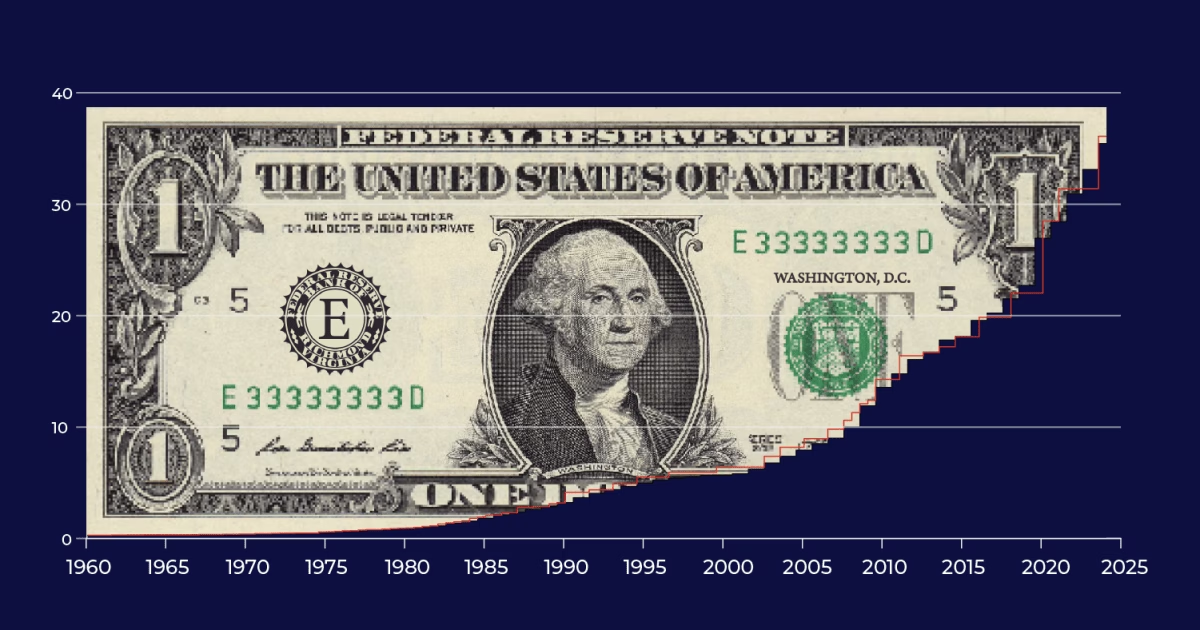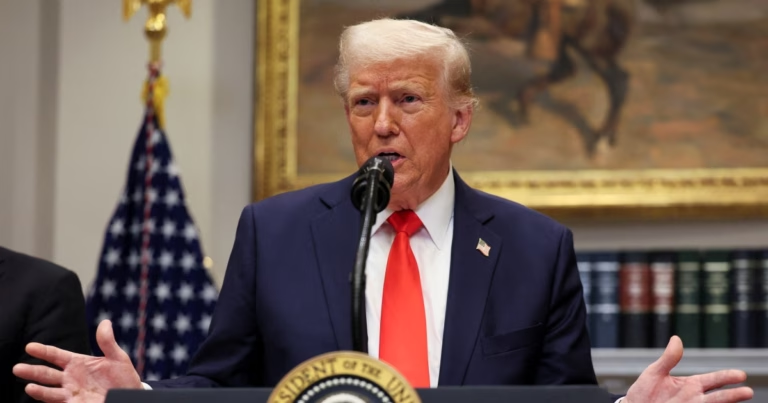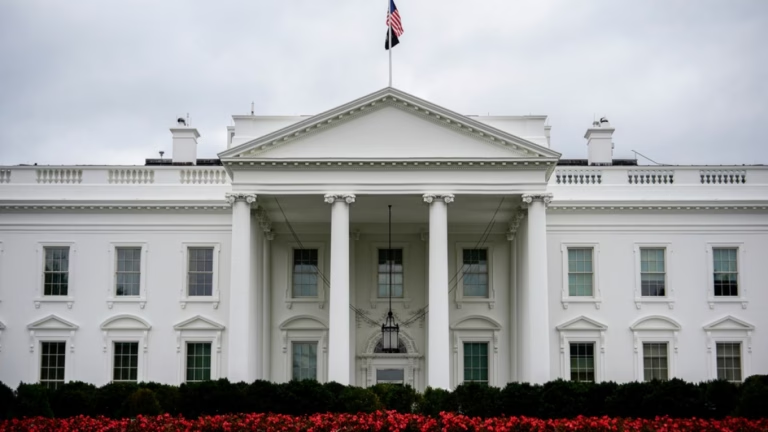This bill extends Trump’s 2017 tax cuts and could potentially increase the national debt by up to $5 trillion. This has exacerbated concerns following Moody’s recent credit ratings downgrade of the United States because of its huge $36 trillion national debt
Debt is the total amount of money owed by the government to its lenders and amounts to $36.2 trillion, or 122 percent of GDP. The ratio peaked at 133 percent during the pandemic, placing the US among the top 10 countries globally with the highest debt-to-GDP ratio.
The Debt Ceiling Explained
When the government spends more than it collects, a deficit is created. Congress sets a borrowing limit to fund existing obligations, known as the debt ceiling, which has been adjusted 78 times since 1960.
Federal Deficit Under Past Presidents
The federal deficit measures the difference between government spending and income annually. It escalated during the COVID-19 pandemic when government spending surged and tax revenues plummeted, reaching 15 percent of GDP in 2020. President Bill Clinton’s tenure saw a surplus due to favorable economic conditions and increased tax revenues.
Treasury Securities Explained
To borrow funds, the Treasury sells debt securities to investors. These instruments — bills, notes, and bonds — provide secure, government-backed loans with varying maturity periods, from one year to 30 years. Despite long-term stability, the safety of these assets might decrease if the national debt continues to grow.
Holders of US Debt
Abbreviated, 75 percent of the $36.2 trillion US debt is held domestically. Foreign investors, primarily from Japan, the United Kingdom, China, and Canada, hold the remaining 25 percent. This share has increased fivefold over the past 50 years.
Impact of High US Debt on Citizens
High government debt may consume more budget for interest repayments, which could lead to higher taxes or reduced public spending. Moreover, increased debt could push interest rates upward, influencing mortgage, loan, and credit card costs for individuals.








